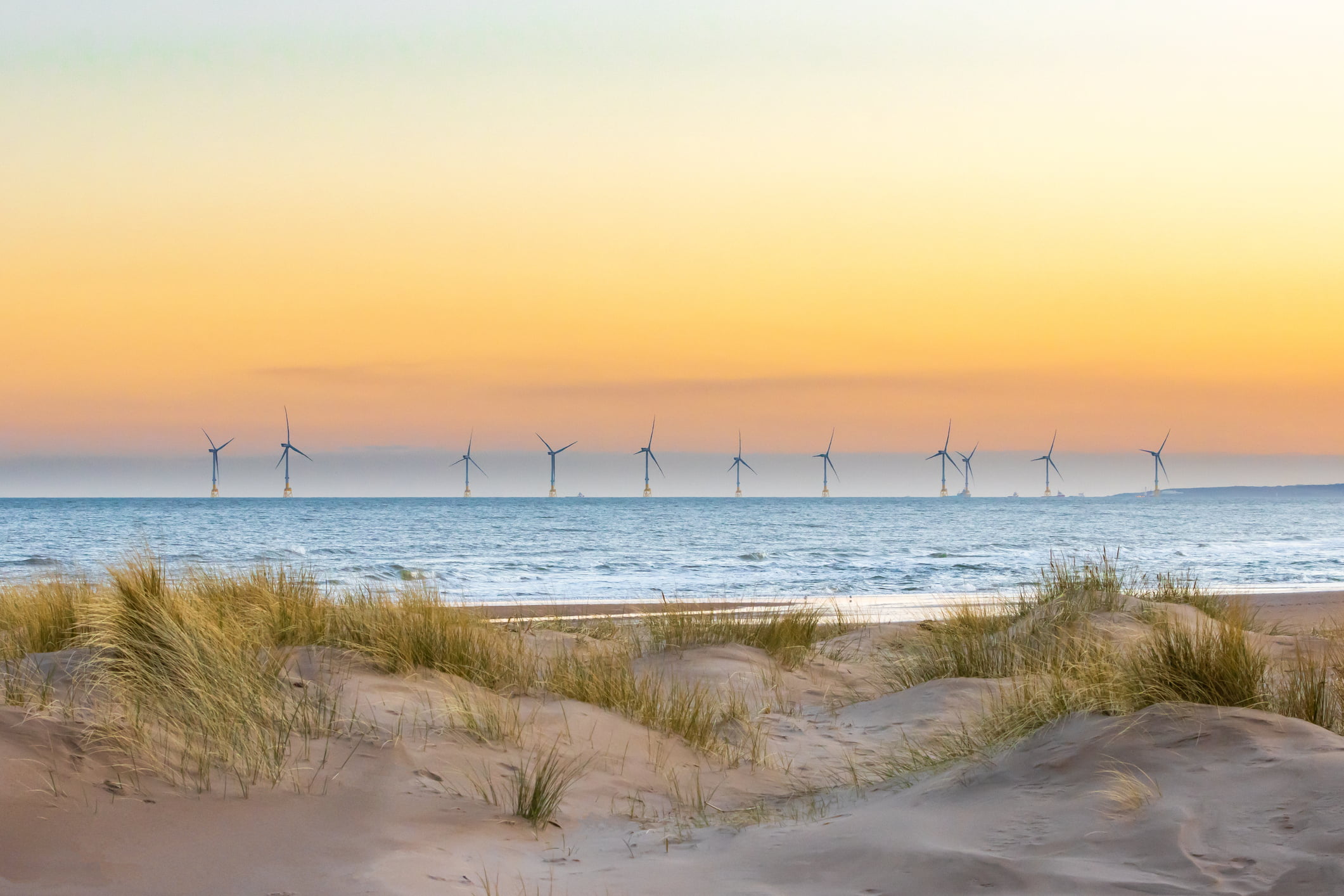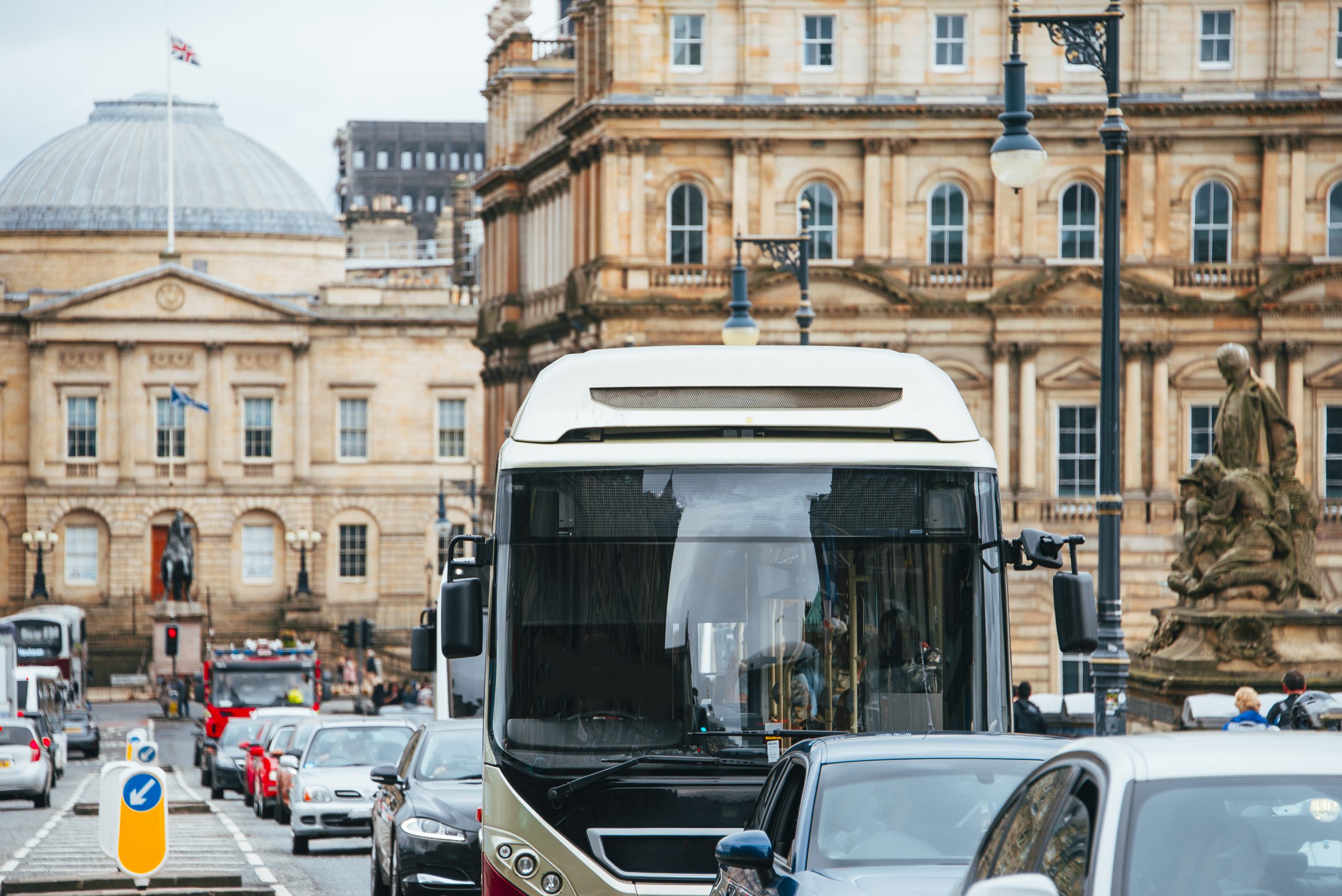The Scottish Government has legally committed to a net zero greenhouse gas emissions target by 2045, five years ahead of the rest of the UK.
The target is among the most ambitious anywhere in the world, with interim goals of 75% emissions reduction by 2030 and 90% by 2040, compared to 1990 levels. To help Scotland transition to net zero, the Scottish Government has set out several commitments, including:
- £1.6 billion low carbon funding to secure a just transition to a net zero economy.
- A 20-year vision for energy efficient, zero carbon housing.
- £500 million for infrastructure to support active travel.
Let’s take a closer look at Scotland’s progress in tackling the climate emergency to date, in the three key areas of renewable energy, homes and buildings, and transport.


